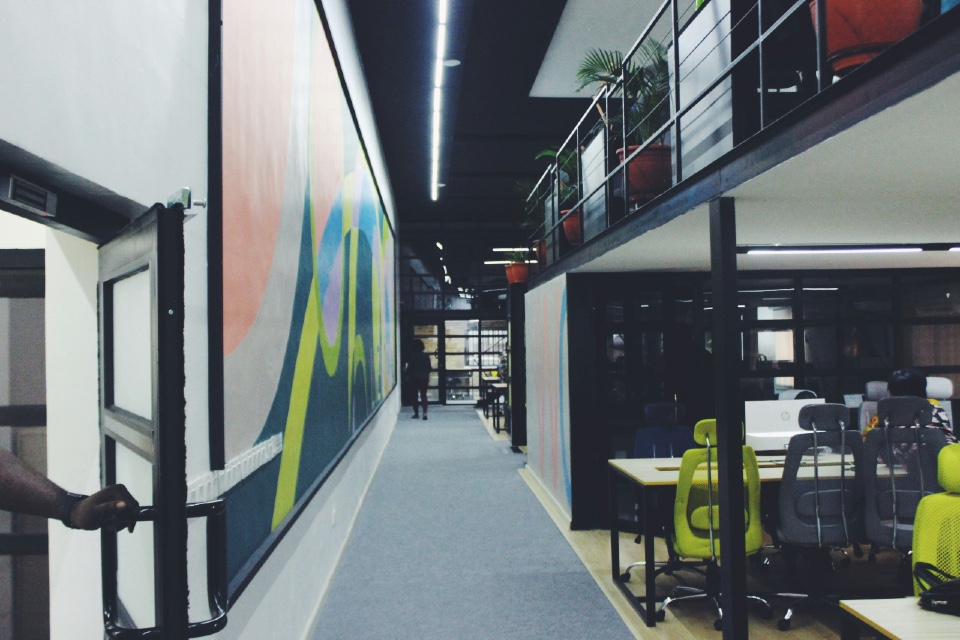Ensuring the security of buildings, assets, and personnel is a top priority for Facilities Management (FM) professionals across the UK’s private and public sectors. Intruder alarm systems are a cornerstone of physical security, and sourcing the right solution involves balancing technology, cost, and operational needs. Here’s how senior FM professionals can approach the task effectively, based on input from delegates and suppliers at the Facilities Management Summit…
1. Conduct a Risk Assessment and Define Requirements
Begin by performing a comprehensive risk assessment to identify the vulnerabilities and security needs of your facility. Consider factors such as building type, location, occupancy levels, and the nature of assets stored on-site. For example, high-risk sites like data centres or healthcare facilities may require advanced alarm systems with integrated monitoring, while smaller offices may need simpler solutions.
Define the specific features you need, such as motion sensors, perimeter detection, or glass break sensors, and align them with your organisation’s security objectives. This clarity will guide your partner selection process.
2. Prioritise Advanced Technology and Integration
Modern intruder alarm systems leverage advanced technologies that enhance detection capabilities and reduce false alarms. AI-driven systems can distinguish between real threats and innocuous events, such as pets or weather conditions, improving reliability.
For seamless security management, choose systems that integrate with existing CCTV, access control, and building management systems (BMS). For instance, alarms that trigger CCTV cameras to record during an intrusion provide valuable evidence and real-time monitoring capabilities.
Wireless and cloud-based systems are increasingly popular for their flexibility and scalability. They allow remote monitoring and control, which is particularly valuable for FM teams managing multiple sites.
3. Ensure Compliance and Scalability
Intruder alarm solutions must comply with relevant standards, such as EN 50131 for intruder alarm systems in the UK. Additionally, ensure the solution can scale as your organisation grows or adapts to changing security requirements.
4. Consider Costs and ROI
While advanced systems may involve higher upfront costs, consider the long-term benefits, such as reduced false alarms, lower maintenance costs, and enhanced security. Subscription-based pricing models can make high-tech solutions more accessible by spreading costs over time.
5. Choose a Reliable Partner
Select a partner with a proven track record in delivering security solutions for your sector. Look for providers who offer ongoing support, maintenance, and system updates to ensure your alarm system remains effective and compliant over time.
Conclusion
By aligning technology, compliance, and cost considerations, senior FM professionals can source intruder alarm solutions that protect their organisations effectively. The right system and partner will enhance security, streamline operations, and offer peace of mind for all stakeholders.
Are you searching for Intruder Alarm solutions for your organisation? The FM Forum can help!
Photo by Kolapo Oni on Unsplash




